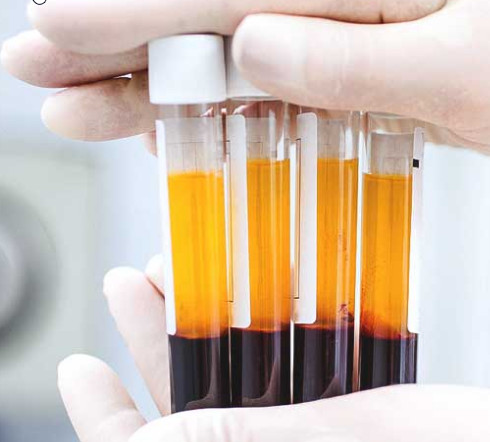Tendon injuries are an important cause of musculoskeletal morbidity. Tendinopathies have a high incidence in the sports field; from 30 to 50% of injuries in professional and recreational athletes are a consequence of tendon injury in different anatomical regions.
Tendinopathy is a pathology that involves a deficiency in tissue healing, pain related to physical activity, edema, and a decrease of the performance of the affected tendon; it can involve any tendon and is more common in tendons subjected to continuous stress such as Achilles tendon, rotator cuff, elbow extenders and patellar tendon.
Healthy tendons are structures with scant neural tissue, tendinopathy has been shown to increase nerve fibers, acidity, pain mediators neural as substance P and neovascularization, all these findings have been associated with the presence of pain.
Platelet-rich plasma may represent a new therapeutic option for the management of chronic tendinopathies. The application of platelet-rich plasma significantly influences the proliferation and activation of human fibroblasts in vitro.
Even a protective role of platelet-rich plasma has been found during the application of triamcinolone in human cells derived from the rotator cuff. Studies conducted in the management of tendinopathies with the use of platelet-rich plasma have shown that it increases the tensile strength of the tendon, decreases pain and increases functionality in a shorter time. The effects of platelet-rich plasma in rotator cuff tendinopathy increase the range of mobility, strength and pain reduction at 4 weeks, 6 months and 2 years.
The factors that influence the validity of the studies are the various preparation techniques of plasma rich in platelets that have been used, the tendons where it has been applied and the different techniques of intraoperative application, by guided or blind infiltration, even in the same tendon, different types of plasma, activation methods and application have been used.



















